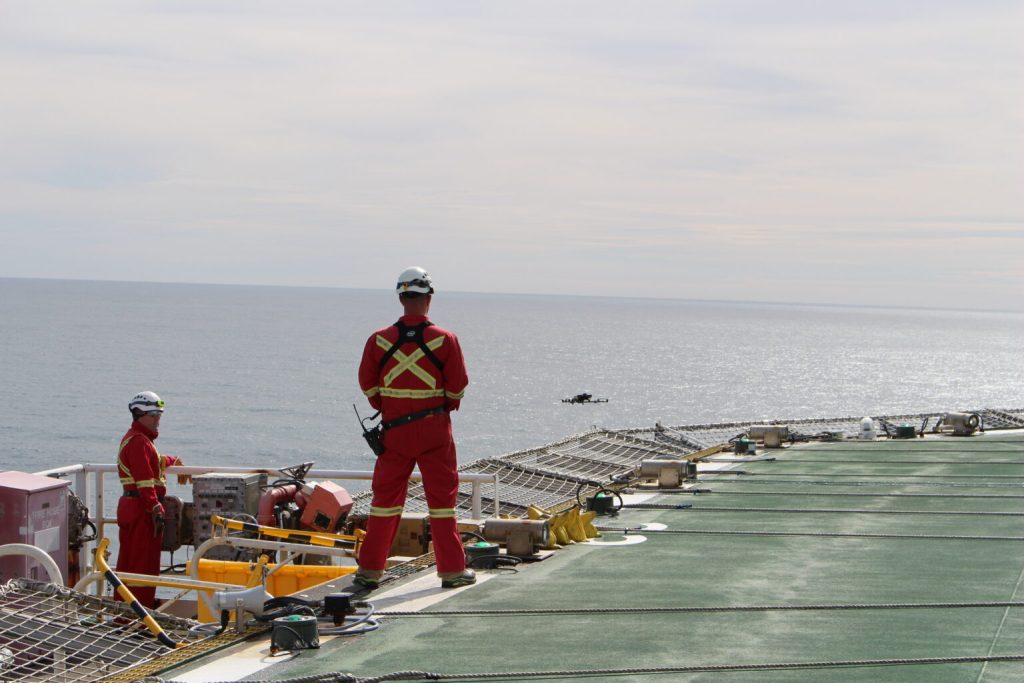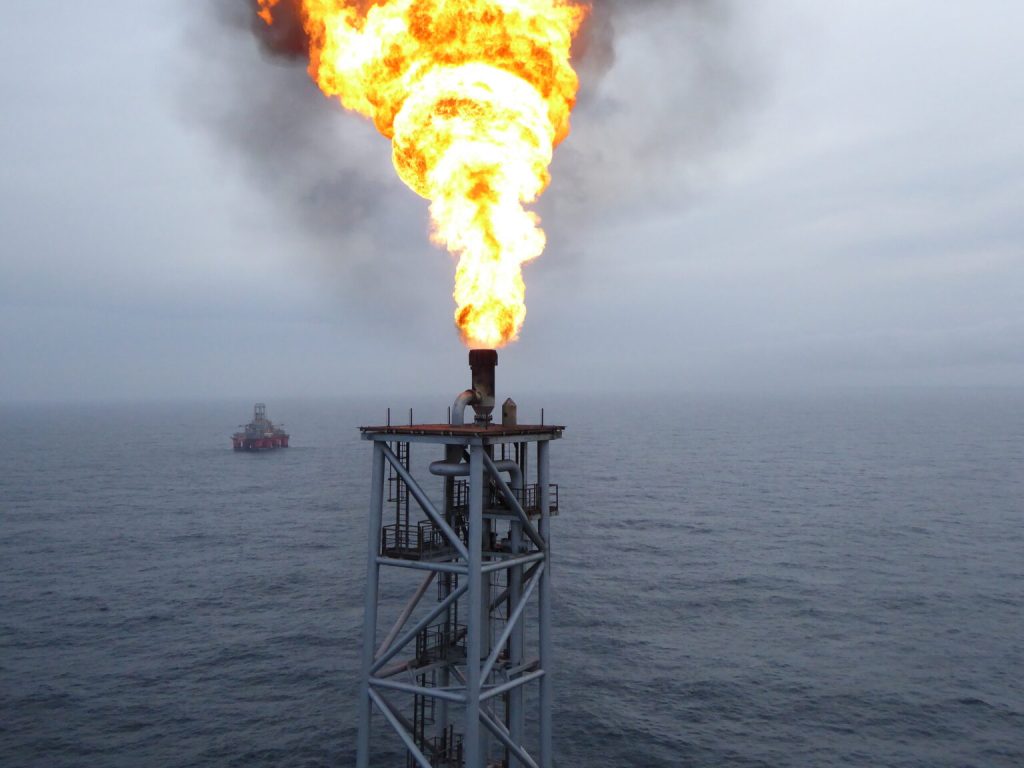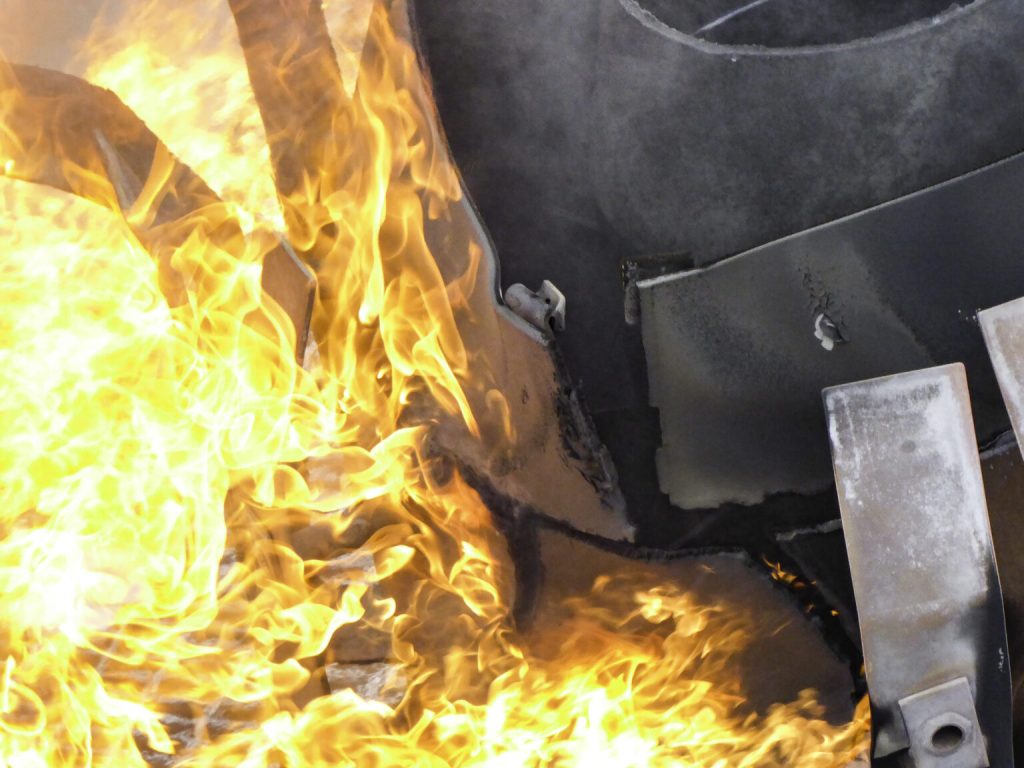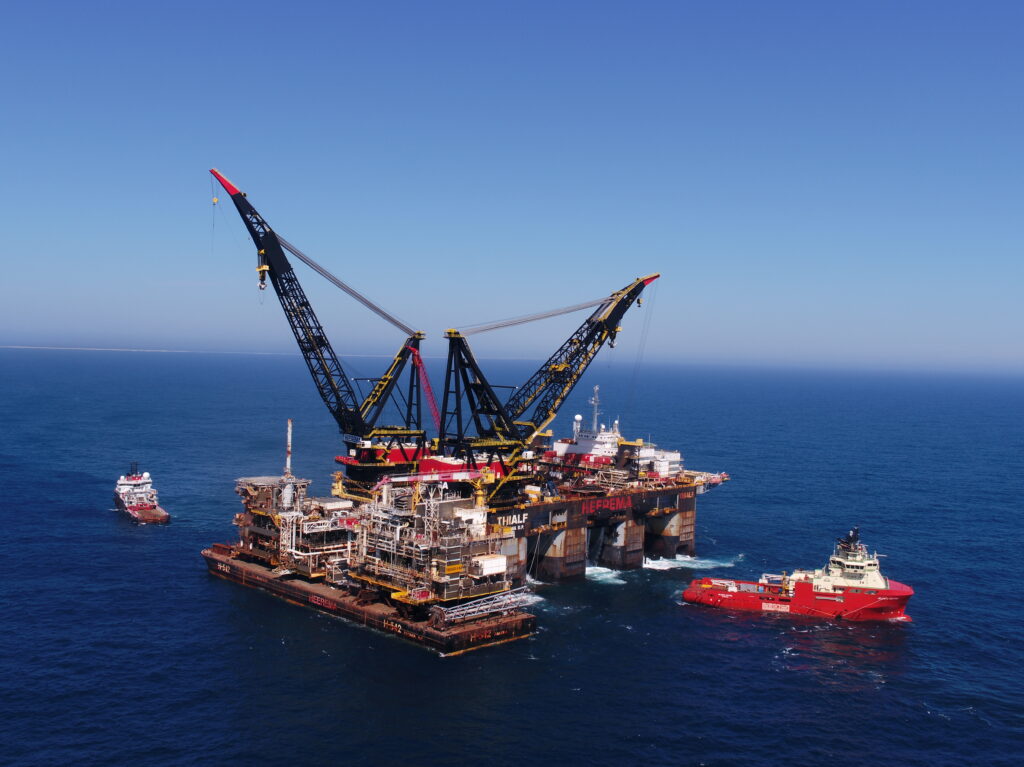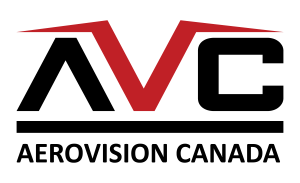Offshore Installation Inspections
Offshore oil and gas asset management is a complex and challenging task that requires the use of advanced technology and equipment to ensure the safety and efficiency of operations. One of the most innovative technologies that have emerged in recent years is the use of drones for marine and offshore mobile installation asset management. Let’s define some of the applications and benefits of using drones and advanced sensors in this industry:
Applications
Inspection and Maintenance
Drones are used globally to perform general and close visual inspections of offshore oil and gas platforms, pipelines, and other infrastructure. With high-resolution cameras, thermal imaging sensors, and gas leak detection sensors, drones can identify potential faults and condition grading of damage to a structure, enabling operators to take more informed, proactive measures to address issues before they turn into significant problems. This isn’t just limited to exterior flight operations either. In recent years, interior inspection programs have been performed where cargo tanks and vessel hulls are accurately inspected without the need for high-risk and time-consuming abseiling. In fact, AeroVision Canada was the first in the world to receive an endorsement from Lloyd’s Register for the use of drones in offshore mobile installation inspections and the first in Canada to perform an endorsed at-sea crude oil tank inspection by drone.
Environmental Monitoring
Drones equipped with advanced sensors and cameras can be used to monitor the environment around offshore oil and gas installations. They can detect oil spills, monitor wildlife activity, and track weather patterns, providing valuable information to operators to help them make informed decisions and validate their environmental protection policies and procedures.
Surveying, Mapping, and 3D Modelling
Data from drones can be used to create high-fidelity 3D models and maps of offshore assets, which can be used to analyze and plan infrastructure changes, verify structure condition change over a period of time and even reproduce replacement parts without the need to be physically on-site each time. Installations of new hardware can be validated in a CAD model much easier today given the high precision of scanning technology and the production of extremely accurate digital twins. Surveying and mapping can also be used for pipeline inspection and monitoring of the changes in the seabed.
Benefits
Cost-Effective
Using drones for offshore asset management can significantly reduce the costs associated with inspection and maintenance, as well as environmental monitoring. With the use of drones, operators can quickly and efficiently inspect assets, reducing the need for costly, time-consuming manual inspections.
Increased Safety
Drones can be used to access areas that are difficult or dangerous for human workers to reach, reducing the risk of injury or death. With the use of drones, operators can identify potential hazards and take preventive measures before they pose a risk to workers.
Improved Efficiency
Using drones for offshore asset management can improve the efficiency of operations. With faster and more accurate inspections, maintenance and repair work can be carried out more quickly, reducing downtime and increasing productivity.
Enhanced Data Collection and Analysis
Drones can collect data in real time, providing operators with up-to-date information about their assets. Your engineering staff can view the live video and request an additional, targeted inspection of critical or concerning areas.
Traditionally, inspecting flare stacks (for example) meant long and costly shutdowns, lengthy inspection processes, and extremely hazardous work areas. Where possible, a crewed helicopter was scheduled to facilitate the aerial platform for the crew to inspect from, but that method comes at a very high cost, offers low-quality results due to standoff distance and vibration, and remains largely dependent on weather and aircraft availability. Allowing a qualified operator to perform the data capture by drone offers the ability to detect hairline cracks in critical structures which can mean the difference in early defect detection and risk mitigation versus an unscheduled and high-cost emergency shutdown.
